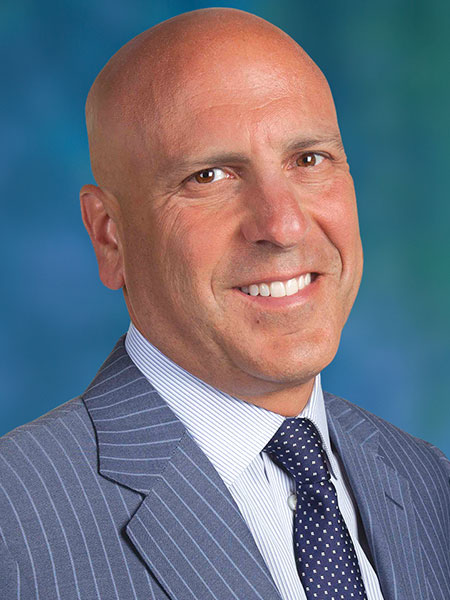Editor’s Letter
Certain milestones in dentistry are worth noting. Some seem fairly obvious, like the founding of the first dental college in 1840, the Baltimore College of Dental Surgery. In 1905, local anesthetics were introduced to dentistry. (I honestly don’t know who would have chosen our fine profession prior to the introduction of local anesthetics; I wouldn’t be able to do it.) In 1945, the cities of Newburgh, New York, and Grand Rapids, Michigan, were the first in the U.S. to add fluoride to the public water supply. In 1950, the first fluoridated toothpastes were sold. And in 1957, the first high-speed drill was introduced, revolutionizing the amount of time it took to prep teeth.
I like some of the less obvious milestones — the ones that aren’t inventions, but rather indicators of a sea change in dentistry. I remember a few years back when I read that, for the first time in history, the number of root canals performed in the U.S. had exceeded the number of extractions. I recall being surprised because it had always been that way in my practice, which is when I realized that my suburban practice did not accurately reflect what was going on in the rest of the country, particularly in rural and less affluent areas.
2010 marked the first year that our lab did more all-ceramic crowns than PFM crowns. Prior to that, there were 40 years in which substantially more PFM crowns were made than all-ceramic crowns. In fact, PFMs and all-ceramic crowns weren’t even close until about two years ago. With the introduction of IPS e.max® (Ivoclar Vivadent; Amherst, N.Y.) four years ago and BruxZir® Solid Zirconia two years ago, the number of all-ceramic crowns finally pushed past that of PFMs. These two monolithic restorations have changed the face of restorative dentistry in the U.S., and it looks as though the slow, steady decline of the PFM will continue.
PFMs continue to serve us as well today as they have in the past, but it is clear their popularity is waning. Monolithic crowns have the advantage of not having two dissimilar materials fused together that can break apart. IPS e.max has been highly esthetic since day one, and BruxZir Solid Zirconia is slowly but surely making esthetic progress, as you will see soon in our new BruxZir video.

Yours in quality dentistry,

Dr. Michael C. DiTolla
Editor-in-Chief, Clinical Editor
mditolla@glidewelldental.com


